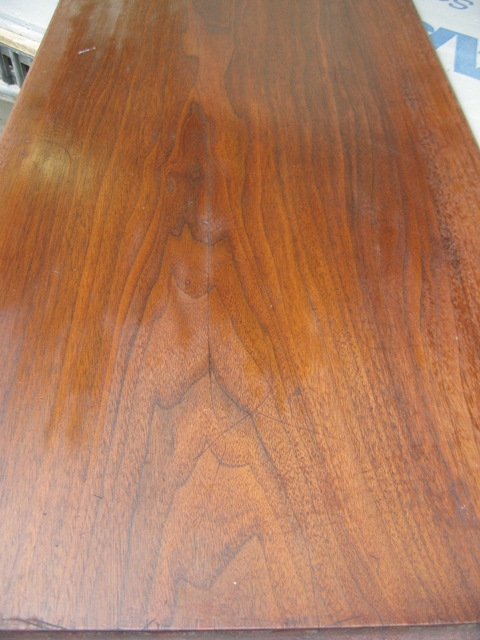Question
I am building a kitchen with an island that is 5'9" x 11'3". The main sink (an undermount) will be in the island and my client desires a cherry wood countertop. The back portion of the island is raised so that the main countertop will be 3'9" x 11'3". If I agree to make the top, how should it be finished? I have done oil/wax finishes on smaller butcher blocks that were designed for chopping, but I know that will not work around the sink. I am leaning toward a WB polyurethane or an oil based marine varnish. With these types of finishes, I would tell them not to use the top as a chopping block. I am very concerned about durability. What would you do?
Forum Responses
(Finishing Forum)
From contributor C:
I'd explain that a wood top is unsuitable for counters with sinks... and that with an undermount sink, the counter edges become part of the sink bowl. This is asking way too much of a wood top which would necessarily have vulnerable end grain on two sides of the sink opening. I have seen this done and I would heartily advise against it!
I think disclaimers and careful customer education would be important, but this idea isn't so awful that no one should do it. It does require care and a willingness to do periodic maintenance that isn't necessary with other counter materials, and the customer should know, acknowledge, and take responsibility for that.
I would only recommend a finish I had tried personally and the one I used on mine (Target's CV) I don't feel lives up to its reputation, so I wouldn't recommend it. But there are more durable finishes out there, maybe the Target poly?
I have it in my house, and it is just fine on the end grain around the farmers sink. I used jatoba for the wood, and this very hard wood holds up great for a kitchen counter.
As long as the client realizes that there will be some maintenance, there is nothing wrong with a hardwood top. In my opinion, regular cherry may be a little soft of a wood for a kitchen counter, but if the client doesn't mind it getting some dents in it, it should be fine. I used the jatoba as it looks somewhat like traditional cherry, but is so hard it has been impossible for my family to dent so far.
